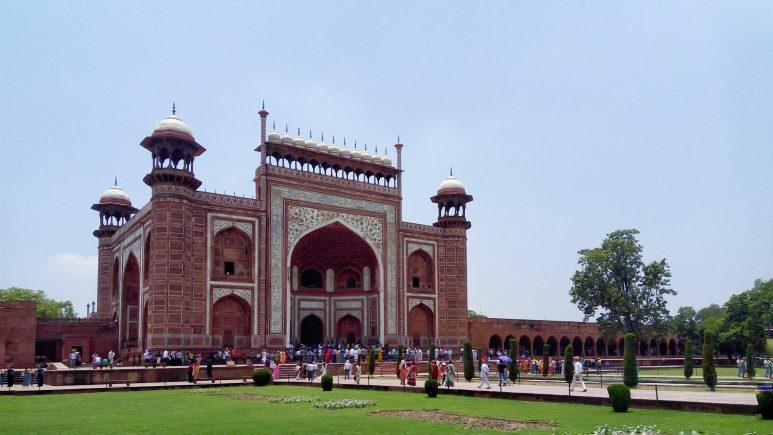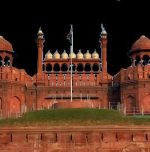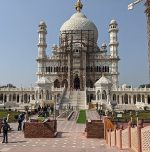The secrets beneath the Taj Mahal: Fact or Fiction?

The Taj Mahal, one of the world’s most iconic monuments and a symbol of eternal love, has captivated millions with its beauty and historical significance.
Built by Mughal emperor Shah Jahan in the 17th century to honour his wife Mumtaz Mahal, the Taj Mahal stands in Agra as a UNESCO World Heritage site and one of the Seven Wonders of the World.
However, beneath its grandeur lies an enduring mystery that has sparked countless conspiracy theories.
A prominent claim suggests the Taj Mahal was constructed over a Shiva temple named Tejo Mahalaya.
Proponents of this theory point to 22 so-called “secret rooms” hidden beneath the structure, alleging that they contain idols of Hindu gods and goddesses.
There are rooms in the basement of the Taj Mahal, but they are neither secret nor mysterious.
These long-arched corridors, overseen by the Archaeological Survey of India (ASI), remain locked for security purposes.
Experts clarify that the basement rooms serve a structural purpose, helping to support the monument.
Historically, these areas were open to the public until 1978, after which access was restricted for preservation reasons.
Over the years, theories have flourished about what the basement rooms might contain. Some suggest they were used as refuges against summer heat, while others claim they house idols of Hindu deities, fueling the belief that the Taj Mahal was originally a Hindu temple.
In 2022, a petition filed in court sought an investigation into these locked rooms, alleging that the Taj Mahal was originally Tejo Mahalaya, a Shiva temple. The Allahabad High Court dismissed the plea, citing the lack of evidence.
To counter misinformation, the ASI even released photographs of the basement corridors, showing them as simple architectural elements devoid of hidden treasures or religious artefacts.
The idea of the Taj Mahal being a repurposed temple stems from claims that the monument was built over a pre-existing palace or temple in the 4th century.
Proponents argue that historical revisions have concealed their origins. However, historians widely agree that the Taj Mahal is a mausoleum constructed by Shah Jahan. No credible evidence supports its association with a Shiva temple or the name Tejo Mahalaya.
Despite these controversies, the Taj Mahal continues to stand as an unparalleled symbol of love and architectural brilliance, drawing millions of visitors each year.
Image by Nilesh Thonte from Pixahive (Free for commercial use / CC0 Public Domain)
Image Published on April 28, 2021
You may also like
Image Reference: https://pixahive.com/photo/entrance-gate-of-taj-mahal-2/
Recent Posts
- Indian leaders voice concern after the US strikes VenezuelaThe development triggered strong reactions worldwide, including from political leaders and foreign policy experts in India.
- DGCA prohibits in-flight use of power banks over safety concernsCabin crew training has been given special emphasis under the new guidelines.
- Gomtinagar Railway Station: A key rail hub in LucknowGomtinagar Railway Station (GTNR) is a modern railway station with 6 platforms and serves as one of the important rail hubs of Lucknow. At present, several trains originate from here, including 2 Vande Bharat Express and 2 Amrit Bharat Express services.
- Indian leaders voice concern after the US strikes Venezuela
What’s new at WeRIndia.com
News from 700+ sources
-
Patient Trapped in Medical College Hospital Lift
-
Disasters in the making: A lookback at major accidents of 2025
-
Kondagattu to Get 6-km Giri Pradakshina Route on Par with Arunachalam
-
Clash erupts during YC protest march to Kasaragod Collectorate
-
Attack on U.S. Vice President JD Vances Ohio Home: What Really Happened
-
Union Power Minister Reviews Power Projects In Jammu And Kashmir
-
WeRIndia – A News Aggregator
Visit werindia.com for all types of National | Business | World | Politics | Entertainment | Health related news and much more..








